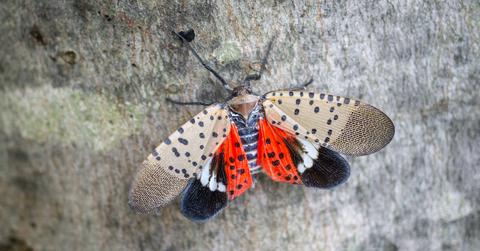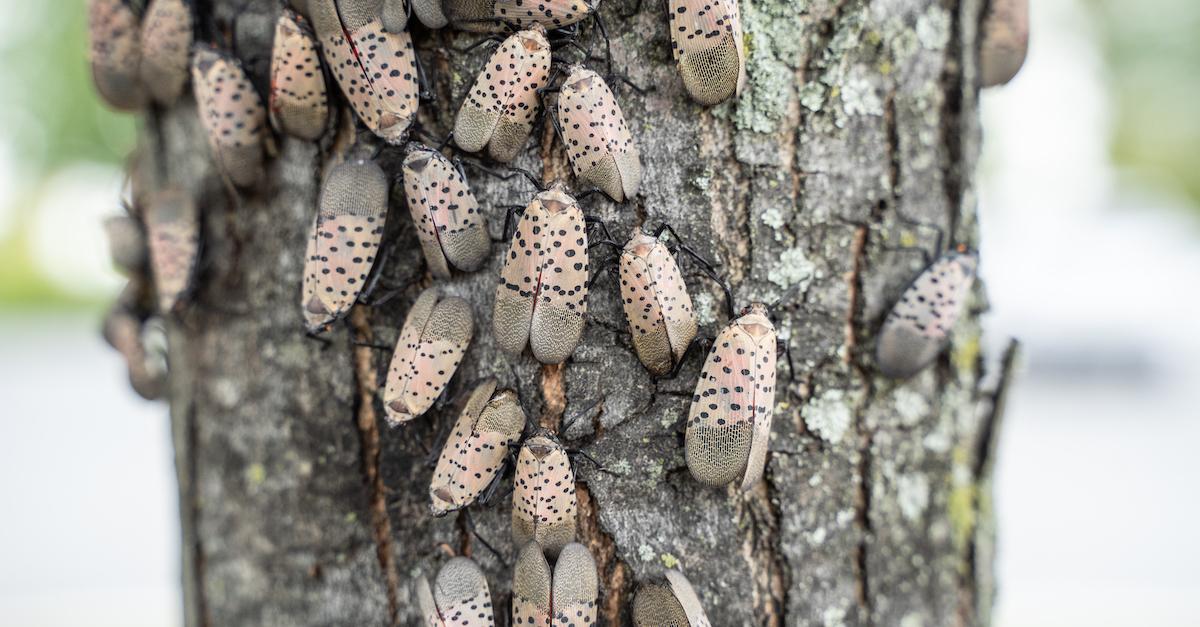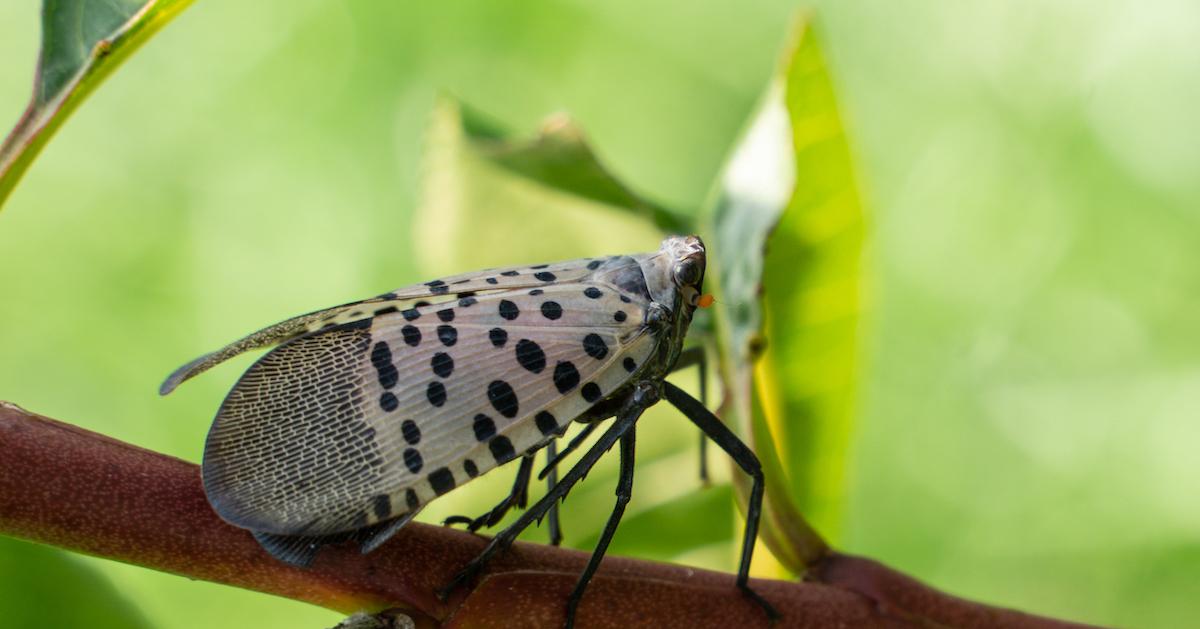The Spotted Lanternfly: What to Do If You See One, and Why It’s Important to Take Action
Published Sept. 20 2021, 12:13 p.m. ET

Earlier this month, we reported on the correlation between climate change and pests — the climate crisis is causing an uprising of invasive plant and animal species because warmer temperatures make previously less inhabitable climates more livable. Right now, for example, the U.S. is grappling with the spread of the spotted lanternfly, and it's crucial to act accordingly if you spot one yourself.
"Spotted lanternflies are invasive and can be spread long distances by people who move infested material or items containing egg masses," reads an official announcement released by the USDA. "If allowed to spread in the United States, this pest could seriously impact the country’s grape, orchard, and logging industries."

What to do if you see a spotted laternfly:
Immediate action is advised, to prevent the spread of the spotted lanternfly. A Well + Good article titled "Please Kill This Beautiful Bug (and Don’t Feel Bad About It)" states that despite the lanternfly's gorgeous spotted wings and bright red body, many state governments are requesting that people kill the bugs, dispose of their bodies in rubbing alcohol, and report them with photos. The bugs, which are native to China, destroy a wide variety of crops such as grapes, timber, hops, and apples.
According to The USDA, the spotted lanternfly is a threat across the nation as of publication, but it's being flagged across Connecticut, Delaware, Indiana, Maryland, New Jersey, New York, Ohio, Pennsylvania, Virginia, and West Virginia. The government-run agency specifies how you should go about reporting a sighting in each of the above states, if you ultimately do encounter one. But be prepared to have a fly swatter, a smartphone, and a jar of rubbing alcohol by your side, just in case.
“More than 800 acres of agricultural lands including vineyards, orchards and berry farms are at risk of being infested, so it’s critical that we take the necessary steps to detect and stop the spread of this invasive pest,” the division of agriculture's Cynthia Kwolek told The Guardian.

Is the spotted lanternfly dangerous to humans or dogs?
Although we love and care about our farmers and the agricultural industry, we can't help but wonder: is the spotted lanternfly dangerous to pets? Are they dangerous to humans? It's crucial to know these types of things, especially if they're anything like the infamous murder hornet that invaded states nationwide last year.
Luckily, according to Seneca Country's Cornell Cooperative Extension, the spotted lanternfly is harmless to dogs, people, and wildlife. They do not bite or sting — they simply threaten habitats and food sources. So ultimately, they are quite harmful, but they won't hurt you if you see one.
Does the spotted lanternfly have predators?
The spotted lanternfly has predators — but they aren't necessarily in danger of being eaten on a regular basis. According to Penn Live, chickens and praying mantises both prey on the infamous pest. And as per A-Z Animals, they're also a staple in the diet of the Gray Catbird. Other than that, though, not too many animals are hunting them down — which is why it's up to us to do so.